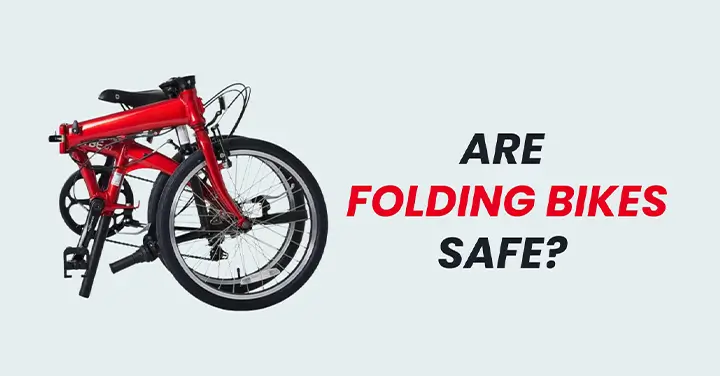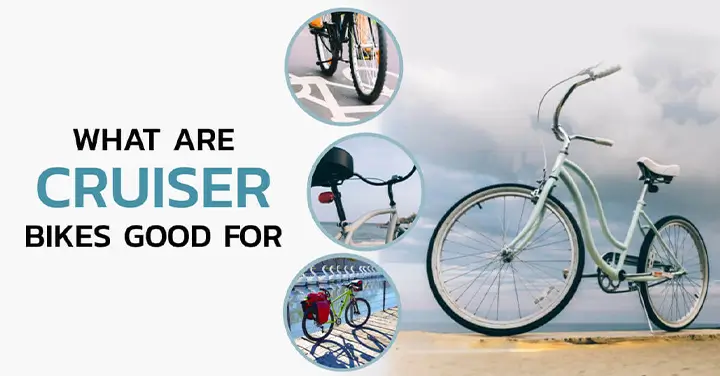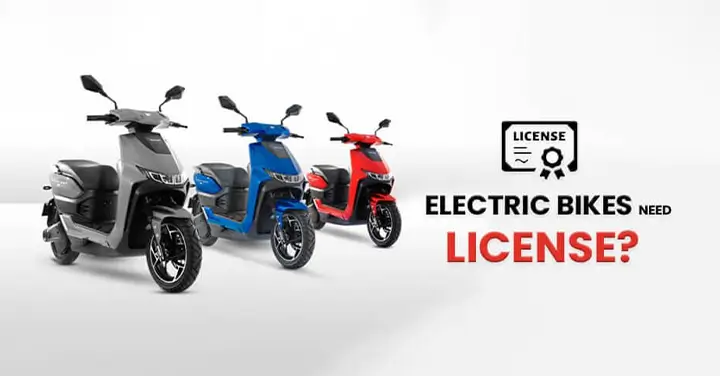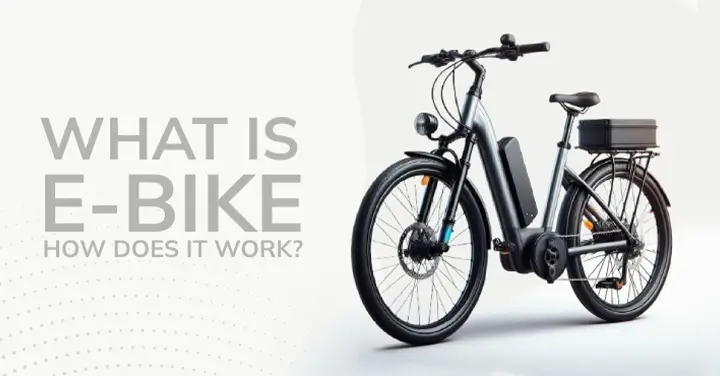Table of Contents
In recent years, electric bikes have surged in popularity, offering an eco-friendly and convenient mode of transportation for urban commuters, outdoor enthusiasts, and leisure riders alike. But with this rise comes a pertinent question: Are electric bikes safe? This post will explore the multifaceted aspects of e-bike safety, from compliance with current safety standards to the intricacies of e-bike-related mishaps.
The safety features of electric bikes

Modern electric bikes come equipped with a variety of safety features such as:
- Advanced braking systems: E-bikes typically have more robust braking systems to handle the additional weight and potential for higher speeds. These systems can include hydraulic or mechanical disc brakes for improved stopping power.
- Lighting and Reflectivity: Many e-bikes come with integrated lighting systems, ensuring visibility during dawn, dusk, and nighttime riding. Reflective components add an extra layer of safety in low-visibility conditions.
- Motor Cut-off Mechanisms: To prevent runaway bikes, e-bikes are designed with motor cut-off features that engage when the brakes are applied.
Comparing the Safety of Electric Bikes to Traditional Bicycles
When comparing e-bikes to traditional bicycles, several factors must be considered. Electric bikes are equipped with advanced braking systems that can handle the additional weight and potential for higher speeds. They also have integrated lighting systems and reflective components for increased visibility during low-light conditions.
Additionally, e-bikes are designed with motor cut-off mechanisms to prevent runaway bikes. When comparing the safety of electric bikes to traditional bicycles, it’s clear that e-bikes have additional safety features to guarantee a safe and secure riding experience. However, it’s also important for riders to follow safety guidelines and wear protective gear while riding any type of bike.
Tips for Safe Riding on Electric Bikes

Riding an e-bike safely requires awareness and following specific guidelines, such as:
- Understanding Your E-Bike: Familiarize yourself with how the bike operates, especially the acceleration and braking mechanisms.
- Ride at Safe Speeds: Adjust your speed to suit the traffic conditions, weather, and your riding proficiency.
- Observe Traffic Laws: Follow all traffic regulations, signals, and signage.
The importance of Protective Gear When Riding an Electric Bike

Ensure you always wear appropriate safety gear when riding an e-bike. This gear should include:
- Helmet: Wearing a helmet stands out as a paramount safety measure aspect of protective gear when riding an electric bike. A properly fitted helmet can drastically reduce the risk of head injury.
- Gloves: They offer protection in the event of a fall and give better grip control.
- Reflective Clothing: Increase your visibility to others, particularly in low-light conditions.
Potential Risks Associated with Electric Bikes

While e-bikes have many advantages, they also come with potential risks. One of the potential risks associated with electric bikes is the temptation to ride at higher speeds than traditional bicycles.
The ability to easily reach faster speeds can increase the likelihood of accidents, especially for inexperienced riders who may not be familiar with the handling and braking capabilities of electric bikes.
This risk is further compounded by the fact that electric bikes are often heavier than regular bicycles, making it more difficult to maneuver quickly in emergencies.
Injury Rates: E-Bikes vs. Traditional Bikes
Studies comparing injury rates between electric and traditional bicycles have provided mixed results. Certain studies indicate that e-bike riders could be at a greater risk of injury as a result of higher speeds and heavier weights of the bikes. However, other studies highlight that while e-bikes can travel faster, they are often equipped with more robust braking systems and stability features that can mitigate accident severity.
Common Accidents Involving Electric Bikes
The most common accidents involving electric bikes often stem from:
- Excessive speed: Riders unaccustomed to the higher speeds of e-bikes can lose control.
- Negotiating traffic: E-bike riders sometimes misjudge their speed when sharing the road with other vehicles.
- Battery issues: Malfunctioning or improperly cared-for batteries can lead to fires or loss of power during a ride.
By understanding these prevalent accidents, both manufacturers and riders can take proactive steps to avoid them.
Safety regulations and laws related to electric bikes

Regarding safety regulations and laws for electric bikes, it’s important to note that they vary from country to country and even within different states or regions. However, amidst the excitement surrounding electric bikes, it is crucial to consider safety regulations and laws that govern their use. From speed limits to helmet requirements, understanding the rules can not only ensure a smooth riding experience but also promote responsible and safe practices on the road.
Tips for Safe Riding on Electric Bikes
Riding an electric bike provides a fun and convenient mode of transportation, yet safety should always come first. E-bike safely requires awareness and following specific guidelines, such as:
- Understanding Your E-Bike: Familiarize yourself with how the bike operates, especially the acceleration and braking mechanisms.
- Ride at Safe Speeds: Adjust your speed to suit the traffic conditions, weather, and your riding proficiency.
- Stay Aware and Alert: Another crucial tip for safe riding is being aware of your surroundings at all times.
- Wearing Safety Gear: When riding an electric bike, Always ensure you wear the necessary safety equipment such as a helmet, reflective clothing, and sturdy shoes.
- Traffic Rules: Follow traffic rules and signals when riding your electric bike on the road.
- Regular maintenance checks: One often overlooked aspect of safe riding on electric bikes is ensuring proper maintenance. Regularly check the brakes, tires, and battery to avoid any potential malfunctions while on the road.
By following these tips and staying mindful of safety precautions, you can enjoy riding your electric bike while minimizing the risk of accidents.
Conclusion: Are Electric Bikes Safe?
Safety on electric bikes, as with any mode of transport, depends heavily on the rider’s behavior, adherence to laws, and the correct use of safety features. While e-bikes have their set of potential risks, their design advancements and proper riding etiquette make them a viable and safe transportation option. Riders should always prioritize safety, stay informed of their local laws, and never underestimate the value of protective gear to ensure a secure and enjoyable e-bike experience.








